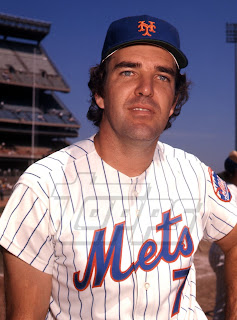May 31, 1983: Moses Malone Gets Julius Erving a Ring
Moses Malone (left) and Julius Erving. Big Mo and Dr. J. May 31, 1983: The Philadelphia 76ers, and Julius Erving, finally win an NBA Championship, on the massive shoulders of the man who, for most of the early 1980s, was the best basketball player in the world. Not Erving. Not Kareem Abdul-Jabbar or Magic Johnson of the Los Angeles Lakers, whom the Sixers beat in these Finals. Not Larry Bird of the Boston Celtics, whom the Sixers beat to get into the Finals. His name was Moses Malone. It was a story of 2 men, who couldn't have been more different in style, but who combined to get a precious result for one of basketball's greatest cities. Both players started out in the American Basketball Association. Erving began with the Virginia Squires in 1971, and went to the New York Nets in 1973. Known as "Doctor J," his stunning moves led the Long Island team to the ABA Championship in 1974 and 1976. But when the Nets were invited into the NBA for the 1976-77 season, the terr...



